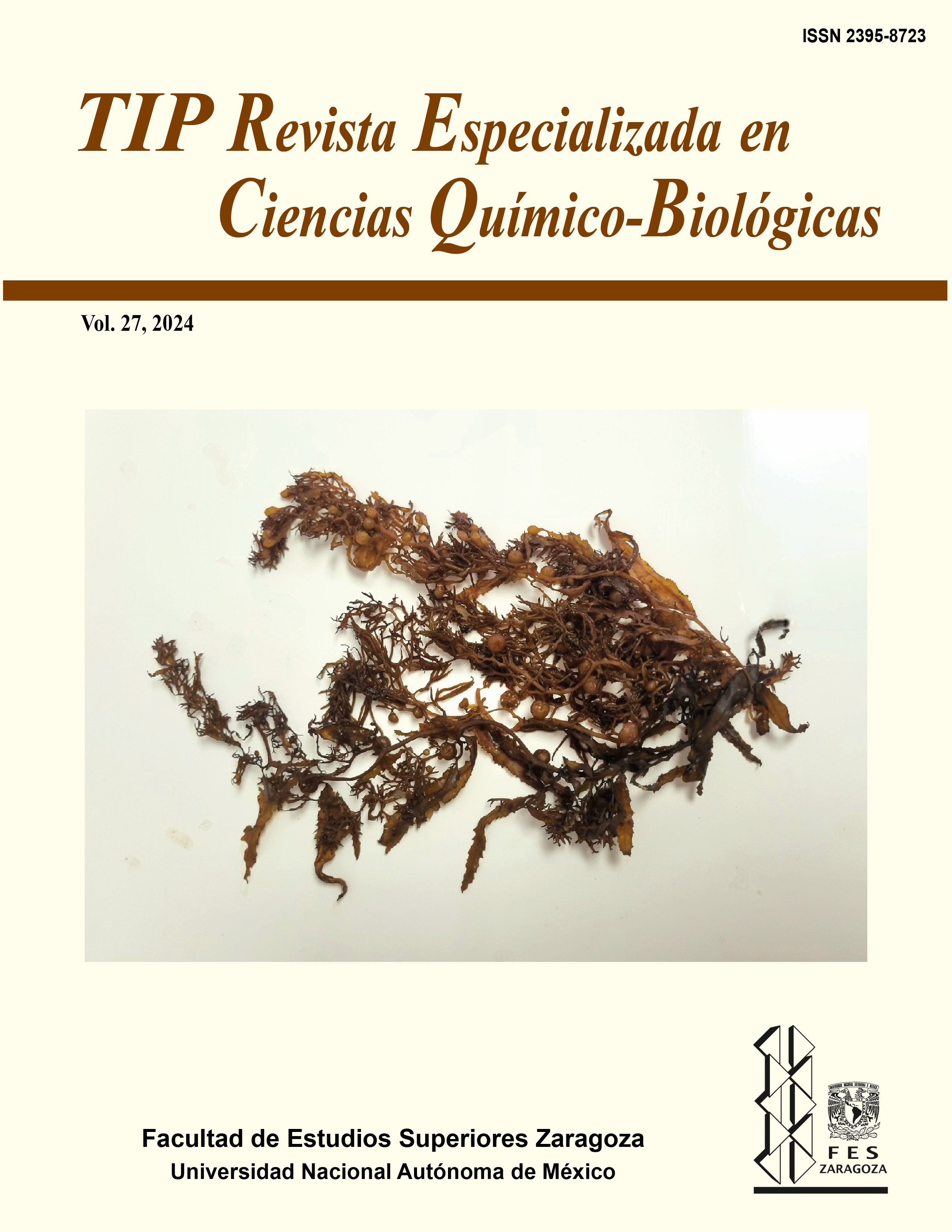Abstract
The objective of this work was to assess the impacts of agricultural pollution on birds from El Tobari lagoon, a coastal ecosystem in the Yaqui Valley, located in south Sonora, Mexico (27°04’40.01’’N, 110°00’06.66’’O). This lagoon receives agricultural drains from the Yaqui Valley. It is the habitat of reproductive colonial bird species, including Roseate Spoonbill (Platalea ajaja), Snowy Egret (Egretta thula), Great Blue-Heron (Ardea herodias), Reddish Egret (Egretta rufescens), and Yellow-crowned Night-Heron (Nyctanasa violacea). For this purpose, 30 eggs of these 5 species were collected between 2010-2012. Eggs were weighed, their length, width, and thickness were measured, and their size index and volume were calculated. 17 organochlorine pesticides were quantified in each sample, including DDT and their metabolites. Results indicate that 4,4’-DDE was detected in 100% of analyzed samples; concentrations ranged from 0.16 to 17.86 µg/g wet weight (median = 2.17 µg/g); α-BHC, β-BHC, heptachlor epoxide, 4,4’-DDD and 4,4’-DDT were detected less frequently with maximum values of 0.09 µg/g and minimum of 0.004 µg/g wet weight, respectively. In eggshell samples, β-BHC, heptachlor, endrin aldehyde, and 4,4’-DDE were detected; the last one was present in Reddish Egret and Great Blue Heron eggshells with median values of 2.54 and 1.23 µg/g, respectively. 30% of the total samples exceeded the 4 µg/g limit of 4,4’-DDE concentration, where reproductive effects were observed in similar species. Great Blue-Heron had 55% of samples above this limit, followed by Roseate Spoonbill (37%), Reddish Egret (25%) and Snowy Egret (12%). This last species was the only one that presented a negative correlation between 4,4’-DDE concentrations and eggshell thickness.
TIP Magazine Specialized in Chemical-Biological Sciences, distributed under Creative Commons License: Attribution + Noncommercial + NoDerivatives 4.0 International.



